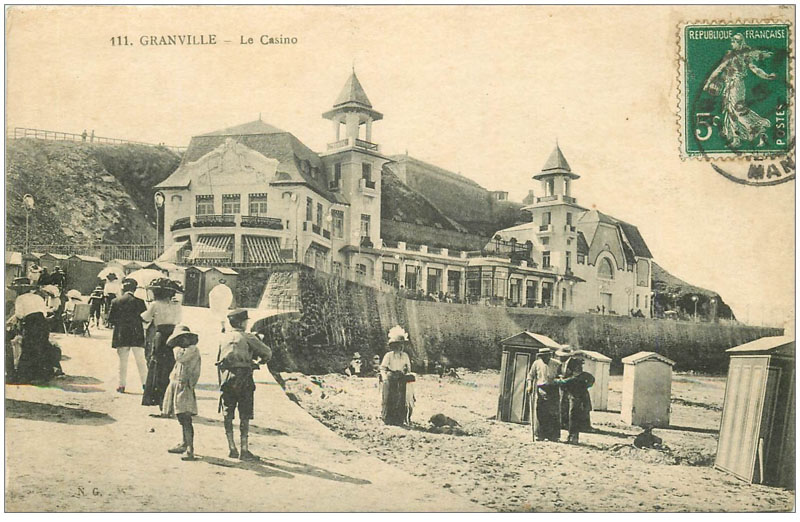Annual Register : A Review of Public Events at Home and Abroad for the year 1874
The Niobe left Halifax for St Pierre, intending to communicate with the French naval officer at that place before proceeding on a fishing cruise. A thick fog was experienced the whole pas sage and the consequence was she was unable to reach St Pierre Roads. On May 20 she came to anchor on the west side the Sandy Neck joining the Great and Little Miquelon Islands; but finding the anchorage not a desirable one, and from the state of the weather thinking it possible, notwithstanding the fog to reach Miquelon Roads, or even St Pierre, by rounding the north end of the Miquelon Islands, Commander Boyle ordered the anchor to be weighed and steamed northward, keeping the land in sight and being apparently on the edge of the fog bank, which was denser seaward. At about ten minutes past 9 AM breakers were reported ahead. The screw was stopped and reversed but the ship soon after struck on Cape Blanc, on the north side of Miquelon Island and owing to the heavy sea soon became a total Wreck. The boats were got out, and all hands but one, who was unfortunately drowned in landing, were safely landed by half past six o clock PM the same day. Three men were washed out of a boat by the sea two of whom reached the shore the other referred to above being drowned. At the time the Woodlark left the Niobe had fallen over and had water in her up to her lower deck beam. The crew are still at Miquelon Island stripping the vessel and saving everything possible. They are all well housed and have been provisioned. The Niobe was about eight years old and was the vessel which under the command of Sir Lambton Loraine, stopped the massacre of the Virginius prisoners at Santiago de Cuba.
